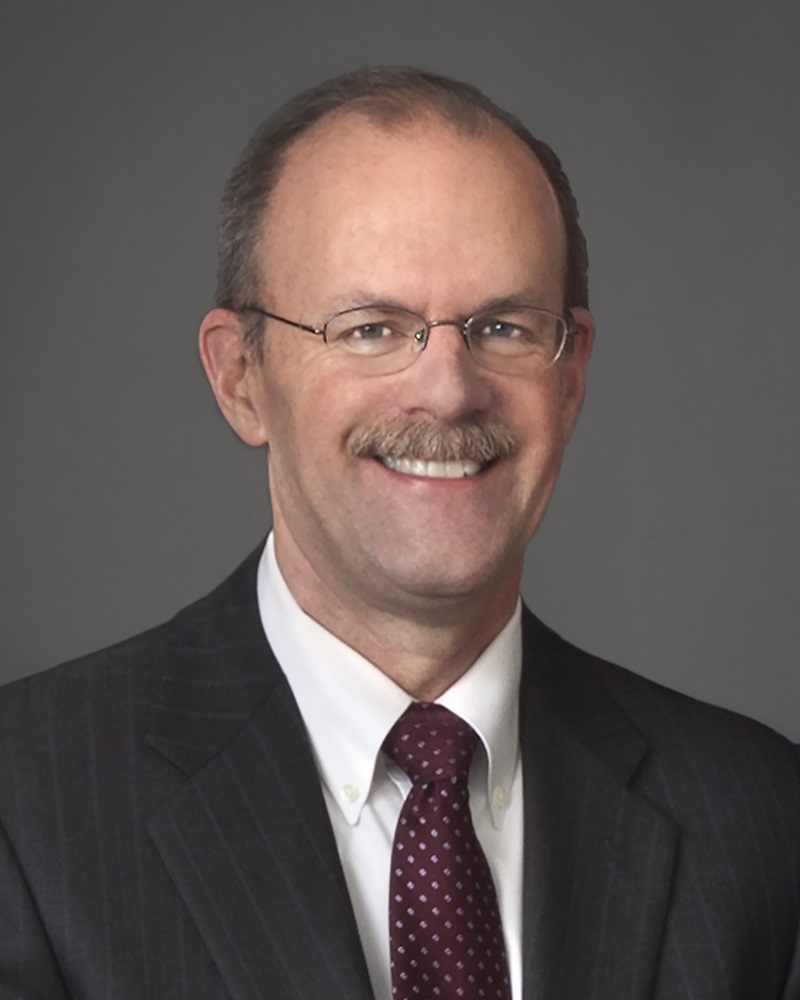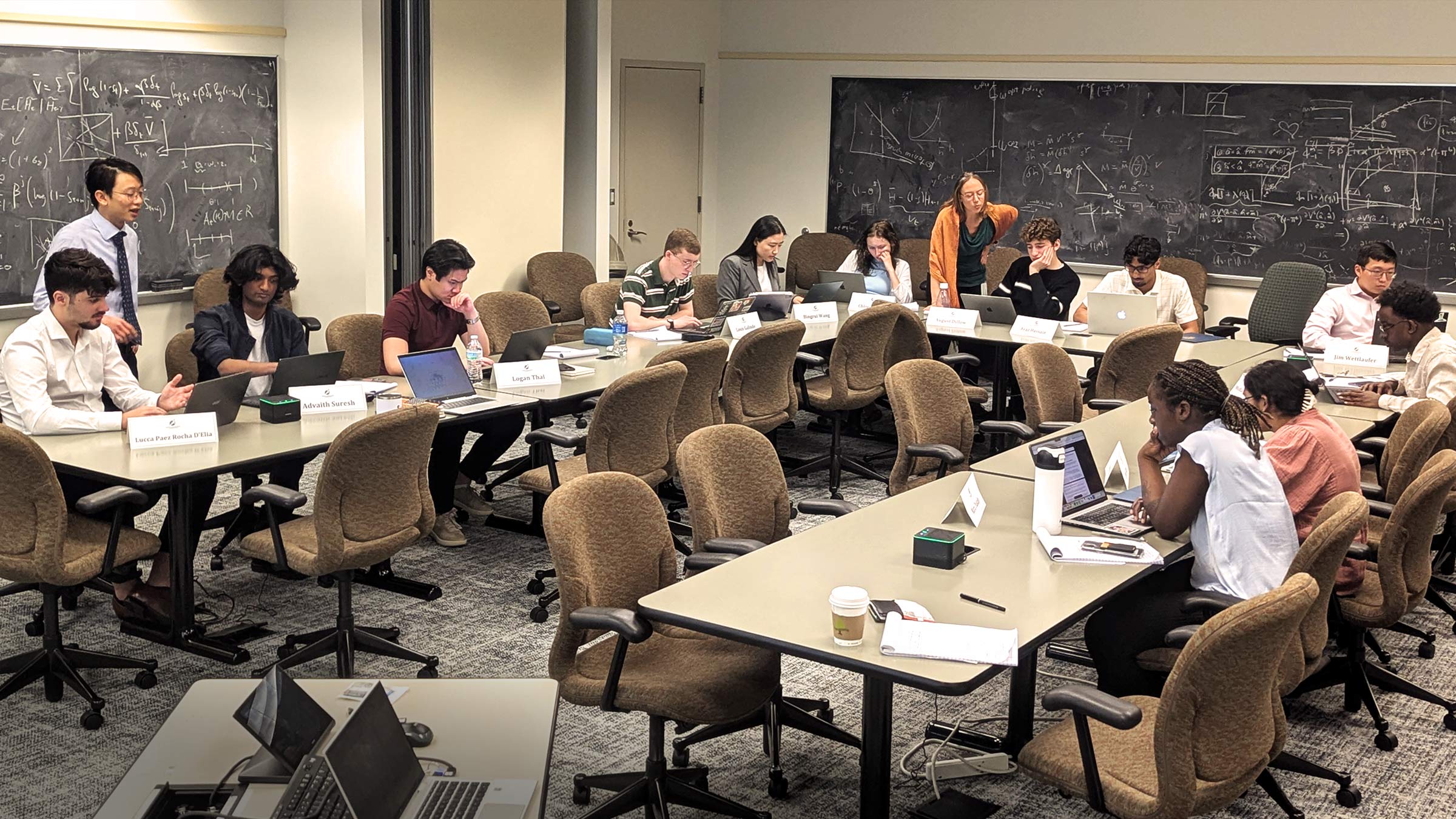
When Congress established the Federal Reserve System over a century ago, it sought to reconcile the need for a central authority with the importance of including regional interests from across the country. To achieve this balance, it created a central bank with a Board of Governors in Washington, D.C., and 12 regional banks, including the Federal Reserve Bank of Minneapolis. Despite the enormous changes in our nation over the past century, this organizational structure has proved remarkably durable and remains an essential aspect of the Federal Reserve.
Each of the Reserve Banks is responsible for understanding the diverse economic, business and community interests that make up the rich tapestry of its region. This responsibility was reinforced in 1977 with the passage of the Community Reinvestment Act, or CRA, which was intended to encourage federally regulated depository institutions to help meet credit needs throughout the communities in which they operate, including low- and moderate-income neighborhoods, consistent with safe and sound banking operations. In response to the passage of the CRA, Minneapolis and the other Reserve Banks established Community Development departments to work with commercial banking organizations, community groups and government agencies to facilitate CRA compliance and the flow of credit and financial services into low- and moderate-income neighborhoods, which included many on Ninth District Indian reservations.
By the early 1990s, the increased attention on credit supply in low- to moderate-income communities had made our Community Development staff aware of the distinctive legal and institutional factors involved in investing on reservations. Since then, Bank staff have engaged in a sustained effort to work with lenders, tribes, nonprofits and other government agencies to facilitate economic development in Indian Country. Aspects of the effort include:
- Assisting in the development of legal infrastructure to support commerce and lending on reservations.
- Organizing Indian Business Alliances in several states, so that Indian entrepreneurs and others can advocate for good business laws and address financial and other barriers to business development on reservations.
- Supporting research and improved data on tribal economic issues.
Last year, the Bank announced the establishment of a new Center for Indian Country Development to take its long-standing work with tribal communities to a new level. The CICD will provide an ongoing home for Indian Country-related experience and knowledge that Minneapolis Fed staff members have acquired. The CICD will also leverage this expertise by operating at a national level through partnerships with tribal organizations, other Reserve Banks, government agencies, nonprofits, financial organizations and others. The goal of the CICD is to provide energy and coordination to Indian Country development initiatives across the Federal Reserve System and take a lead role in forging Federal Reserve partnerships with other national and regional organizations.
In terms of its operating results, the Bank had a strong year in 2015. We achieved our strategic objectives and our operational metrics. Our expenses were below budget, and we had no significant compliance issues. The accompanying “2015 by the Numbers” highlights the scope of some of the Bank’s operations. In a variety of areas, we have operational responsibilities that support the System more broadly. In a similar vein, as the Federal Reserve Treasury Retail Securities site, we support the Bureau of the Public Debt’s retail program by servicing electronic and paper U.S. Savings Bonds and Treasury marketable securities. Managing these consolidated operational responsibilities requires effective coordination and collaboration with numerous stakeholders across the System and beyond.
In 2015, we met all of our supervision and regulation mandates and conducted a robust industry outreach program. In the policy arena, our Research staff showcased their scholarship through numerous publications and conference presentations. In addition, Bank officers and staff made material contributions to the development of various System supervisory policies.
Effective outreach efforts across the Ninth District allow us to maximize the benefits afforded by the regional structure of the Federal Reserve. Last year, we continued to work with communities, nonprofit organizations, lenders, educators and others in the district and across the nation to encourage financial and economic literacy, address housing problems, promote equal access to credit and advance economic and community development.
The Bank’s Office of Minority and Women Inclusion established under Section 342 of the Dodd-Frank Act continued its work to ensure equal opportunity and racial, ethnic and gender diversity in our workforce and the participation of minority- and women-owned businesses in our procurement activities. These efforts reinforce the Bank’s long-standing and ongoing commitment to diversity and inclusion in our workforce and suppliers.
As we look to the future, we will continue to be guided by a focus on fulfilling our mission and an unwavering commitment to always act in the public interest. At the Federal Reserve Bank of Minneapolis, we work hard every day to put our core values into practice as we strive to contribute to the System’s fulfillment of its mission to foster the stability, integrity and efficiency of the nation’s monetary, financial and payments systems.




